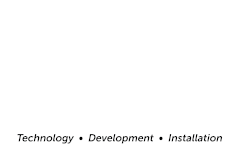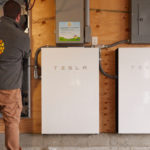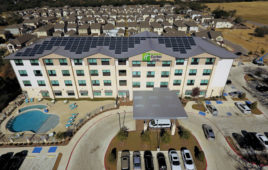SunPower’s SunVault energy storage system is now able to be used in virtual power plant (VPP) setups, allowing customers to get paid for allowing their utility to use stored energy during peak demand.
Through the SunPower VPP, SunPower will coordinate the charge and discharge of participating customers’ battery, sharing energy to the utility on their behalf while reserving some electricity in the battery for backup power to the home when needed. Customers will be notified prior to discharging the battery and can choose to bypass or pre-set their system so their personal backup does not fall below a certain level. In return, customers are compensated by the utility for their participation.
“With battery storage, homeowners gain energy independence and control for their household, even as blackouts and power shut-offs increase,” said Peter Faricy, CEO of SunPower. “Now with the SunPower VPP, our customers can choose to participate in programs that will help stabilize the grid for their community while simultaneously offsetting the cost of their system. Citizens and utilities working together to provide reliable and renewable energy is the future of the grid.”
SunPower’s SunVault has been approved for use by qualifying customers served by Eversource and National Grid in Massachusetts, Rhode Island and Connecticut through the ConnectedSolutions program. Those enrolled in ConnectedSolutions will have the opportunity to participate during their local utilities’ VPP season, running June through September each year.
News item from SunPower






““With battery storage, homeowners gain energy independence and control for their household, even as blackouts and power shut-offs increase,” said Peter Faricy, CEO of SunPower. “Now with the SunPower VPP, our customers can choose to participate in programs that will help stabilize the grid for their community while simultaneously offsetting the cost of their system. Citizens and utilities working together to provide reliable and renewable energy is the future of the grid.””
One would think in “progressive” California something like this would be anchored in the NEM 3.0 process, it doesn’t look like something this simple will be enabled with the ‘new’ NEM 3.0 in California. Right now the three major IOUs in the State are holding sway in rates and application of those rates to credited energy pushed back onto the grid. As proposed, it’s not a “net metering” program, it is a [net billing] program where excess energy sent to the grid will be credited at the “wholesale energy” rate.